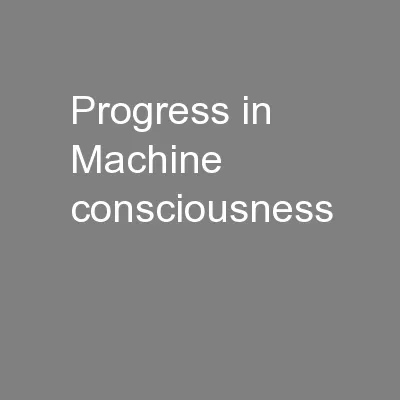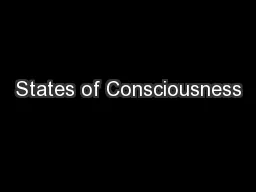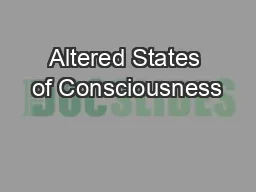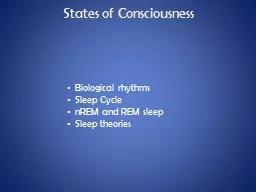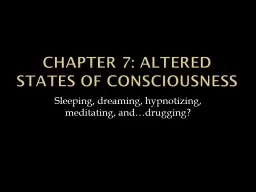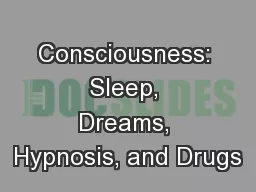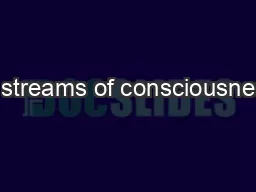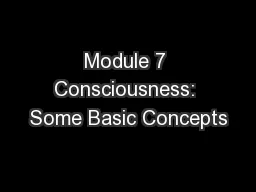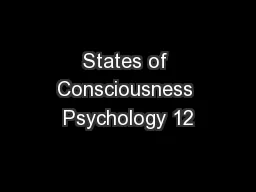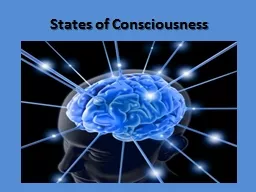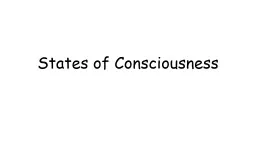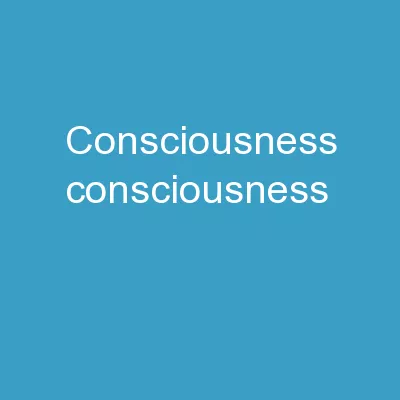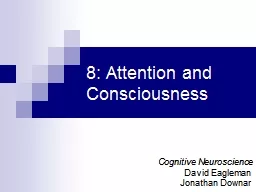PPT-Progress in Machine consciousness
Author : pasty-toler | Published Date : 2016-06-16
Software Agent 2009 04 09 Seunghyun Lee David Gamez Consciousness and Cognition vol17 pp 887910 2007 Contents Introduction Classification of Machine Consciousness
Presentation Embed Code
Download Presentation
Download Presentation The PPT/PDF document "Progress in Machine consciousness" is the property of its rightful owner. Permission is granted to download and print the materials on this website for personal, non-commercial use only, and to display it on your personal computer provided you do not modify the materials and that you retain all copyright notices contained in the materials. By downloading content from our website, you accept the terms of this agreement.
Progress in Machine consciousness: Transcript
Download Rules Of Document
"Progress in Machine consciousness"The content belongs to its owner. You may download and print it for personal use, without modification, and keep all copyright notices. By downloading, you agree to these terms.
Related Documents

